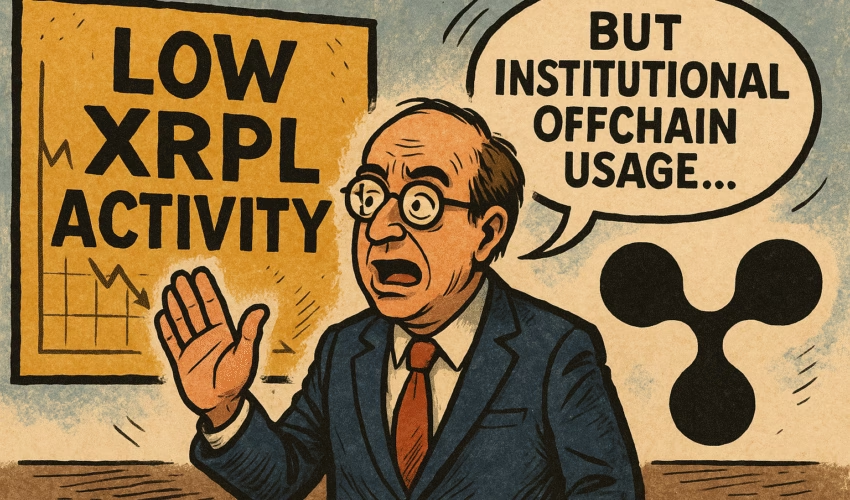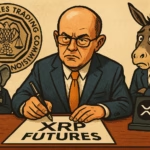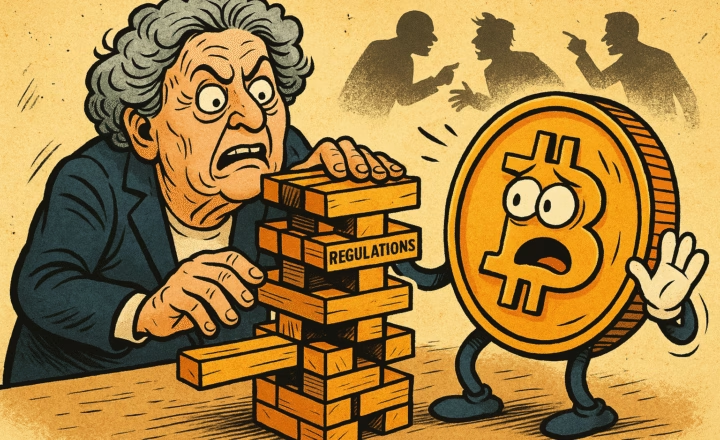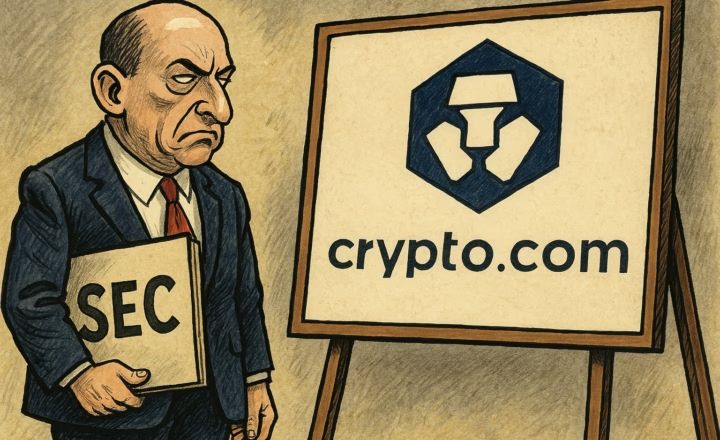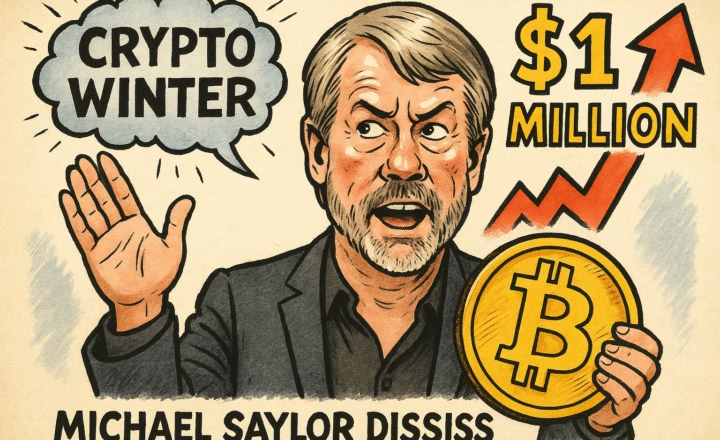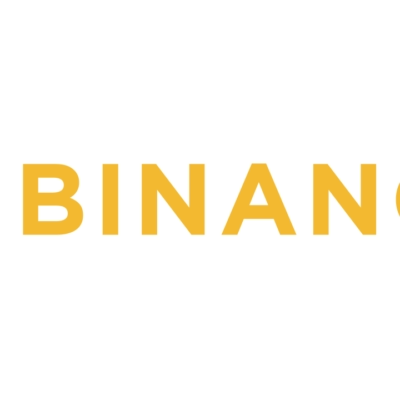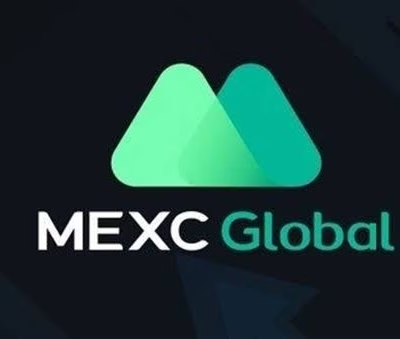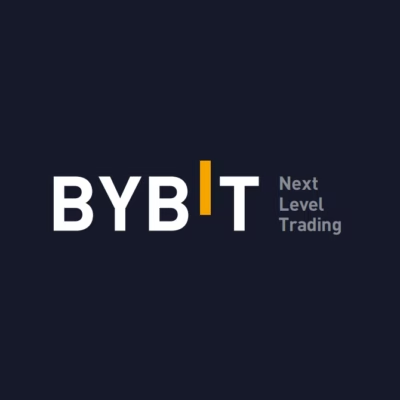Community Questions Transparency as Ripple Claims Over 300 Bank Partnerships
Ripple, the company behind the XRP cryptocurrency, has come under renewed scrutiny over the transparency and usage metrics of its blockchain network, XRP Ledger (XRPL). The conversation was sparked by financial influencer Andrei Jikh, who questioned Ripple’s longstanding claims of widespread institutional adoption and banking partnerships.
Jikh, posting on social media platform X, raised concerns over the lack of verifiable onchain data supporting Ripple’s assertion that it has partnered with more than 300 banks over the past 13 years.
I know people are VERY opinionated about this but I’ve been following XRP since 2014 and I still have not found the answers to these questions. Genuinely looking for thoughtful responses:
– Ripple has 300+ bank partnerships, but after 13 years, shouldn’t there be billions in…
— Andrei Jikh (@andreijikh) July 30, 2025
In response, David Schwartz, Ripple’s Chief Technology Officer, joined the thread to address Jikh’s six-point critique, offering insights into Ripple’s institutional strategy and the reasons behind the limited onchain activity on XRPL.
Institutions Prefer Offchain Solutions, Says CTO
Schwartz explained that most institutional users have historically preferred offchain solutions over executing transactions on a public blockchain.
“I think there are a number of reasons why institutions have historically preferred to use digital assets off-chain rather than on-chain,” Schwartz said. “Even Ripple doesn’t use decentralized transactions on XRPL.”
He cited compliance concerns, including potential exposure to illicit finance risks, as one of the reasons Ripple and its clients avoid the XRPL’s decentralized exchange (DEX) for cross-border payment settlement.
“We can’t be sure a terrorist won’t provide the liquidity for payment,” he added, suggesting that features like permissioned domains might mitigate such risks in the future.
While Schwartz acknowledged that onchain adoption has been slow, he suggested the trend is beginning to shift, as more institutions are “starting to see the benefits of moving onchain.”
What Is the XRPL?
Launched in 2012, the XRP Ledger (XRPL) is an open-source, decentralized blockchain that underpins the XRP token. Ripple markets it as a “decentralized public blockchain built for business.”
XRPL has been central to several recent initiatives, including tokenization partnerships with the Dubai government and U.S.-based investment firm Guggenheim, both announced in June 2025.
However, despite Ripple’s claims of increasing enterprise adoption, critics have pointed out the lack of onchain transparency tools to validate how such partnerships impact actual transaction volume.
Onchain Metrics Paint a Modest Picture
Data from DefiLlama shows that XRPL DeFi applications currently hold just $81.8 million in total value locked (TVL)—a relatively modest figure compared to other Layer-1 blockchains.
According to Schwartz, this is because most institutional activity is conducted offchain and therefore does not show up in conventional blockchain analytics platforms.
The disconnect between Ripple’s partnership announcements and observable onchain activity has fueled doubts among some community members about the real-world utility and adoption of XRPL.
XRPL Activity Dropped 30%–40% in Q1 2025
Ripple itself acknowledged a significant drop in XRPL usage earlier this year. In its Q1 2025 report, published in May, the company said the network experienced a 30% to 40% decline in both new wallet creation and overall transaction volume.
“The decline was in line with contractions seen across major blockchains like Bitcoin and Ethereum,” Ripple noted, though it did not disclose exact figures.
Interestingly, the report also stated that DeFi activity on XRPL was more resilient compared to other segments, with decentralized exchange (DEX) volume declining just 16% quarter-over-quarter.
Ripple Sunsets XRP Markets Report
In the same Q1 2025 update, Ripple revealed it would discontinue the XRP Markets Report in its current form, starting from Q2 2025.
“While the report is evolving, Ripple will continue to be transparent and share relevant updates on Ripple and XRP-related announcements through its official channels,” the company said.
Ripple added that as institutional engagement increases, new insights and market perspectives would emerge to drive the broader crypto dialogue forward.
Community Concerns Remain
Despite the clarifications from Ripple’s CTO, some in the crypto community remain skeptical. Critics argue that offchain settlement lacks the transparency that blockchain technology is supposed to provide, especially for a firm that positions itself as a leader in enterprise blockchain adoption.
Cointelegraph reportedly reached out to Ripple for additional comment regarding onchain tracking mechanisms but had not received a response by the time of publication.

